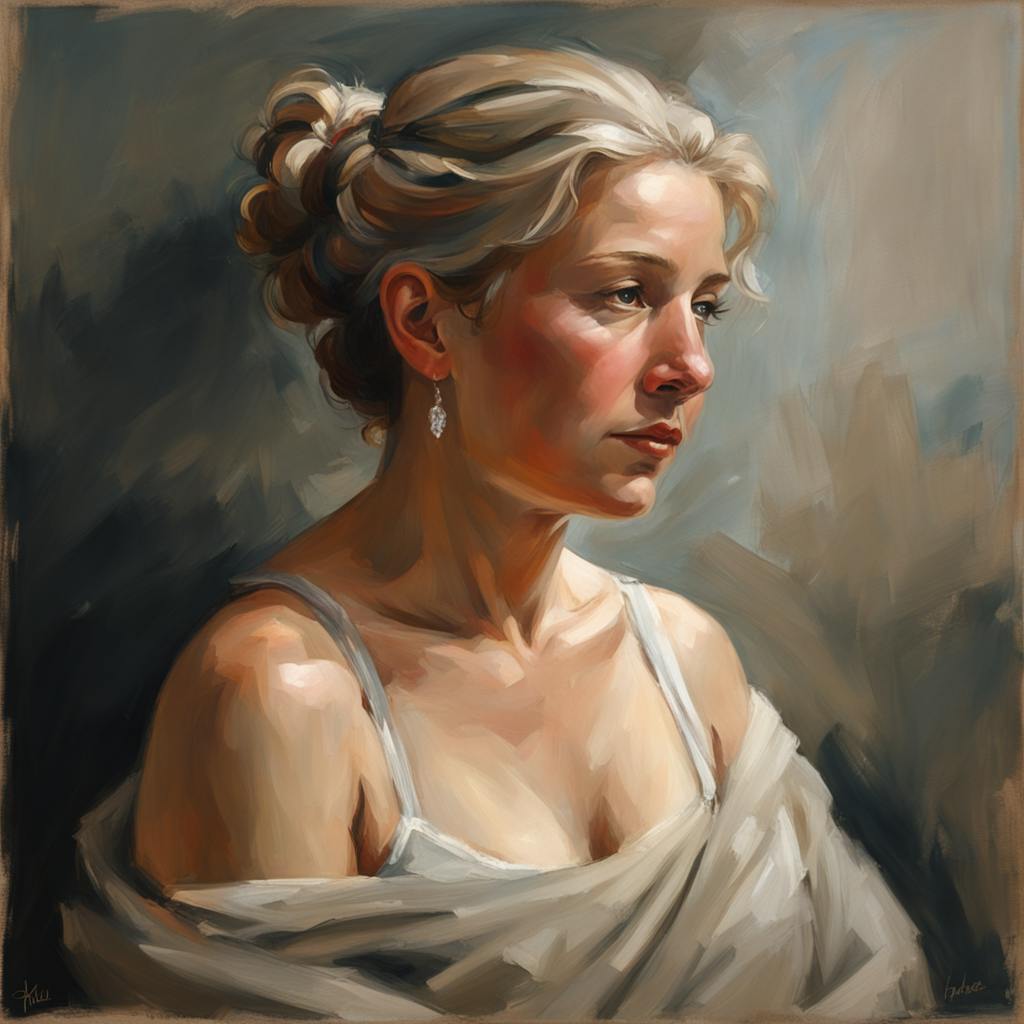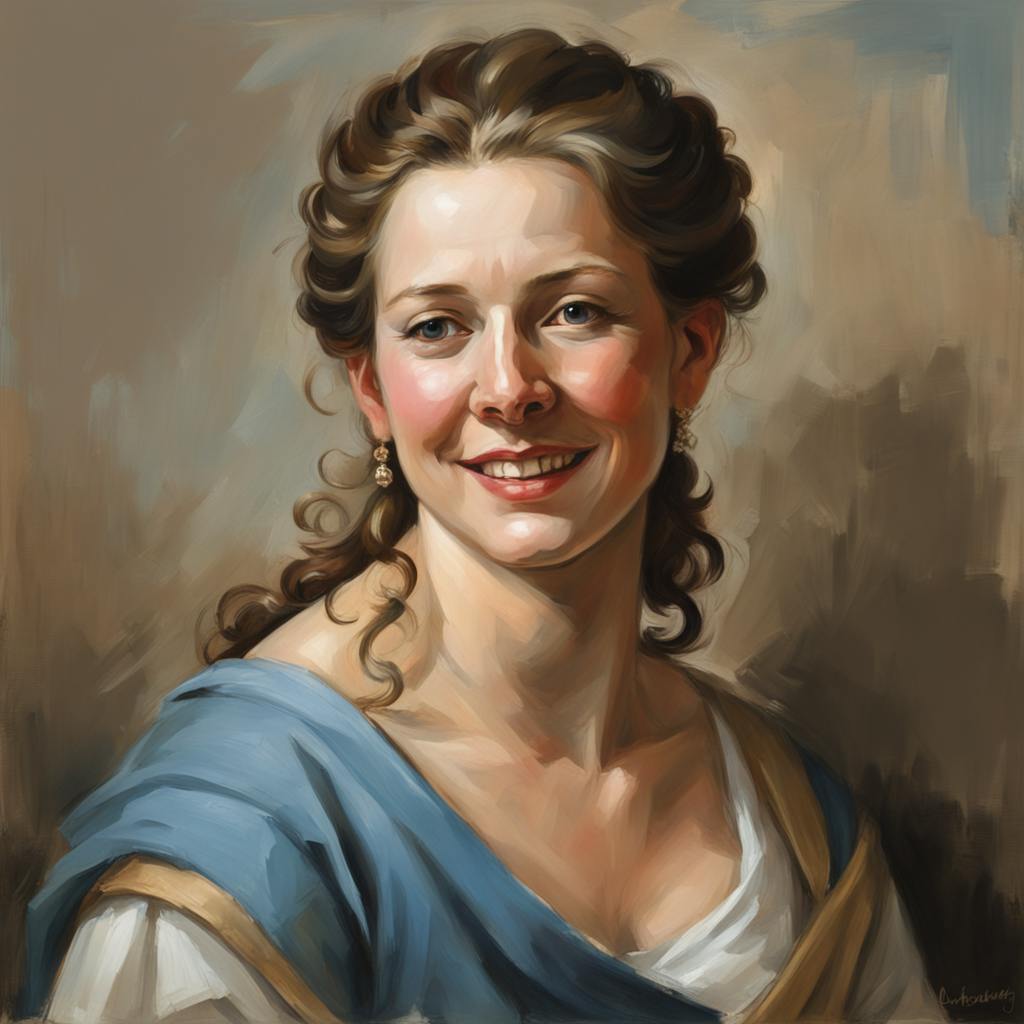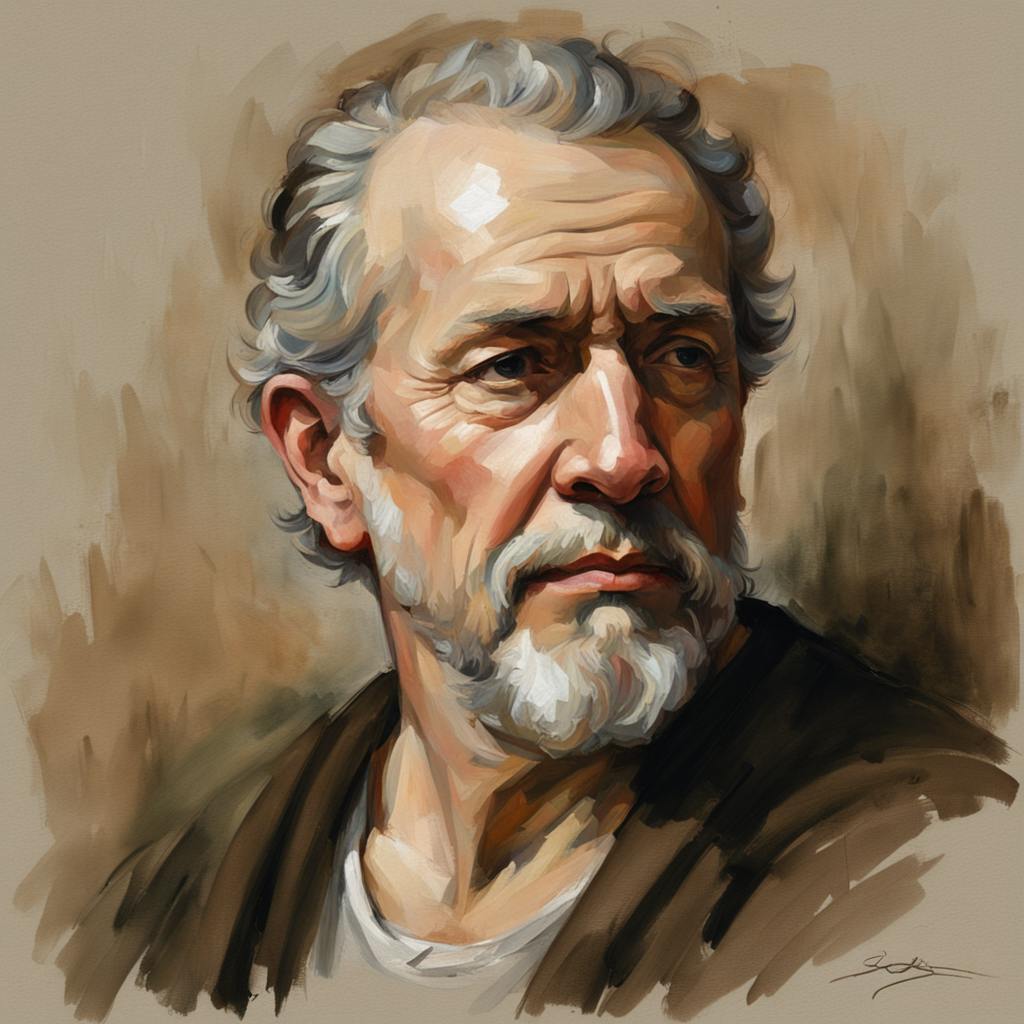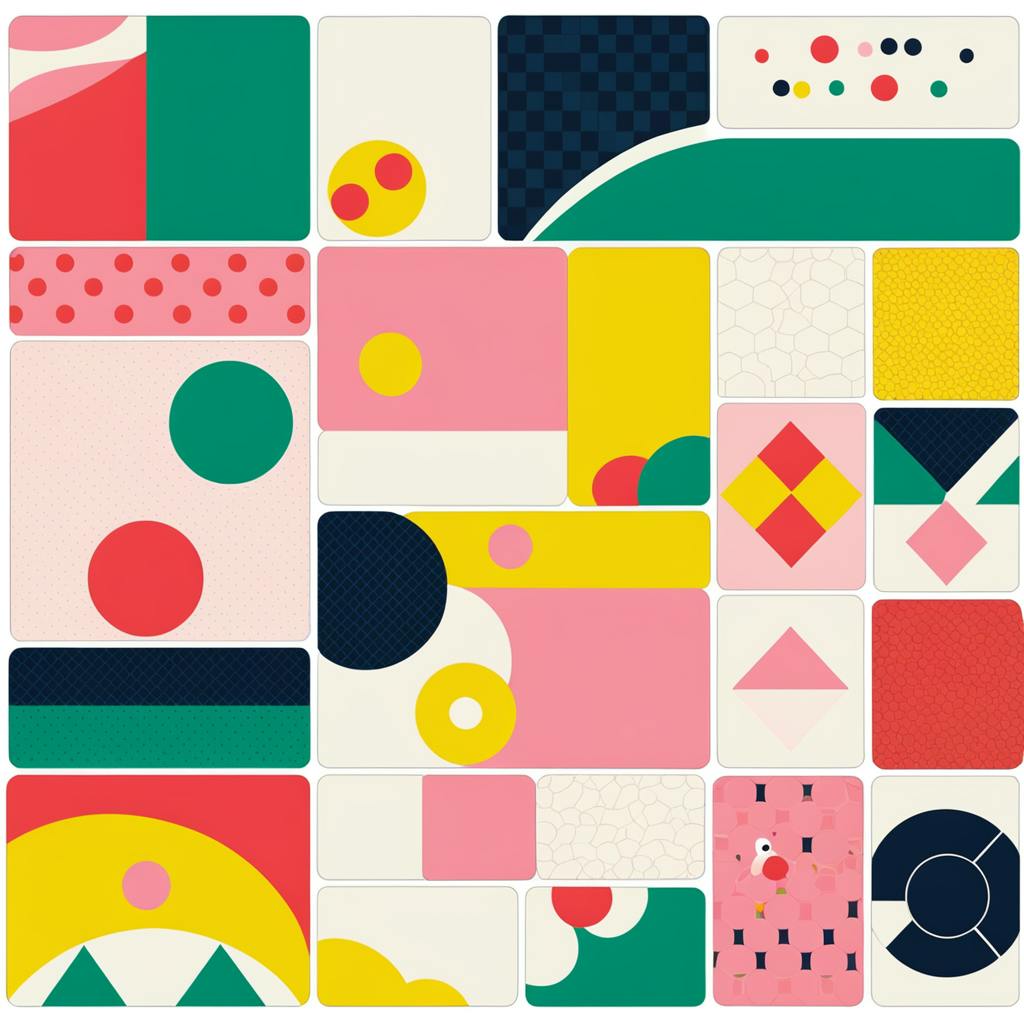Classical art, an epitome of aesthetic finesse and intellectual rigor, has profoundly shaped the trajectory of artistic expression and visual culture across centuries. Renowned for its emphasis on harmony, proportion, and restrained beauty, classical art remains a paragon of creative inspiration. Even in a world dominated by rapid digital advancements, the influence of classical art permeates modern artistic endeavors, offering timeless principles that continue to guide and inspire. This exploration delves into the enduring impacts of classical art on contemporary practices, examining its relevance through the lenses of composition, technique, and cultural resonance.
Understanding of Classical Art's Pillars
Classical art, often associated with the artistic traditions of ancient Greece and Rome, is characterized by its pursuit of balance, order, and symmetry. These foundational elements of composition in art informed not only the works of classical artists but also led to the establishment of universal artistic principles. Architects and sculptors, for instance, adhered to the 'Golden Ratio,' which became a cornerstone in achieving visual harmony. This pursuit of balance and proportion resonates in modern architecture and design, where these principles ensure functionality blends seamlessly with aesthetics.
Analysis of Classical Techniques in Modern Practices
Delving deeper, the adaptation of classical techniques is evident in various contemporary art forms. Artists today, whether consciously or subconsciously, employ techniques such as chiaroscuro and contrapposto, which date back to the classical era. Chiaroscuro, a method of depicting strong contrasts between light and dark, is used extensively in modern cinematic and photographic compositions to create mood and focus. Contrapposto, a stance that imparts lifelike dynamism, is frequently seen in modern sculpture and fashion photography, illustrating its timeless appeal and applicability.
Moreover, the painstaking attention to detail, a hallmark of classical art, manifests in today's digital art and animation industries. Artists meticulously render 3D models and animated characters, drawing on classical methodologies to achieve realism and expressiveness. Thus, the past and present converge in an artistic continuum, where the teachings of classical masters find new life in the hands of digital artists.

Narrative of Cultural Resonance
The narrative of classical art as a cultural touchstone endures, influencing societal norms and intellectual discourse. In literature and cinema, classical themes—a reflection on human nature, the divine, and the socio-political structure—resonate through adaptations of Greek tragedies and Roman epics. These narratives, imbued with moral and ethical dilemmas, continue to provide fertile ground for contemporary storytelling, underscoring classical art's timeless philosophical relevance.
Furthermore, museums and educational institutions worldwide hold classical art in high esteem, emphasizing its importance in cultural education and preservation. Exhibitions dedicated to classical art draw millions, fostering a new generation's appreciation and understanding of its significance.
Insights into Classical Art's Modern Relevance
Art historians and critics consistently reinforce the notion that classical art's influence extends beyond mere aesthetic appeal—it serves as a foundational framework for appreciating and understanding visual art in a broader cultural matrix. Educational curricula integrate classical art studies, underscoring its historical importance and laying the groundwork for art analysis and criticism.
Scholars argue that classical art's emphasis on humanism and naturalism fuels the development of contemporary art, pushing artists to explore themes of identity, existence, and progress through classical perspectives. This dialogue between past and present not only enriches the artistic landscape but also bridges cultural divides, advocating for a shared human experience.
FAQ: The Enduring Legacy of Classical Art
What are the enduring influences of classical art in today's modern world?
Classical art, primarily originating from ancient Greece and Rome, has left an indelible mark on the artistic landscape of today's world. Its influences are multifaceted and profound, manifesting in both tangible and intangible ways:
- Aesthetic Principles: The emphasis on harmony, proportionality, and balance in classical art continues to inform contemporary aesthetics. The classical ideals of beauty—a focus on form, symmetry, and the human figure—remain benchmarks in various art forms, from sculpture to fashion design.
- Architectural Forms: Classical architecture, with its iconic columns and pediments, has deeply influenced modern architecture. Neoclassical buildings, characterized by their grandiose structures and decorative elements drawn from classical antiquity, can be seen in major government and cultural institutions worldwide.
- Philosophical Underpinnings: Concepts rooted in classical culture, such as humanism and the pursuit of knowledge, continue to shape modern thought. This philosophical foundation is reflected in the arts, where exploration of the human condition remains a central theme.
How has classical art directly impacted modern artistic styles and trends?
Classical art has been a foundational influence on numerous modern artistic movements by providing a source of inspiration and a standard for comparison:
- Renaissance: The Renaissance was a direct revival of classical art forms, driven by a renewed interest in the classical world's philosophy, literature, and aesthetic expressions. This period set the stage for further artistic evolutions by reintroducing naturalism and realism.
- Neoclassicism: Emerging in the 18th century, this movement was an explicit attempt to return to the purity and simplicity of classical art. Artists like Jacques-Louis David drew upon classical themes and styles, which continue to influence artists seeking to emulate or react against this clarity and discipline.
- Contemporary Art Movements: Many modern and contemporary artists, such as Pablo Picasso and Henry Moore, have drawn directly from classical art. Classical subjects and techniques often serve as a point of departure for exploring new artistic expressions or as a means of critique and commentary on cultural heritage.
Does classical art still hold significant cultural and historical importance in the current era?
Classical art undoubtedly maintains significant cultural and historical importance in today's world. Its artifacts serve as tangible connections to ancient civilizations, providing insights into their social structures, beliefs, and values. Here are a few reasons why classical art remains relevant:
- Cultural Heritage: Classical art is a key component of Western cultural heritage, influencing literature, philosophy, and arts throughout subsequent historical epochs. Understanding classical art is essential to comprehending the subsequent evolution of Western art and culture.
- Educational Foundation: Classical art serves as an essential subject within art education, teaching students about artistic techniques, historical contexts, and critical thinking about aesthetics and meaning.
- Tourism and Economy: Classical art is a major attraction at museums and archeological sites, drawing millions of tourists worldwide and significantly contributing to the economies of cities like Rome, Athens, and Paris.

What are some specific examples of modern works or artists greatly influenced by classical art?
Several modern artists and works have drawn inspiration from classical art principles and aesthetics:
- Pablo Picasso's "Les Demoiselles d'Avignon" (1907): Known for pioneering Cubism, Picasso's works often reference classical art in their themes and structures, incorporating the use of mythological subject matter and classical figuration.
- Auguste Rodin's Sculptures: Although known for his distinctive style, Rodin was greatly inspired by the classical tradition, striving to capture natural forms and expressions within his sculptures, reflecting the study of Greek and Roman statuary.
- Jeff Koons' "Gazing Ball" Series: This contemporary artist directly engages with classical art by placing reflective spheres on reproductions of classic works, blending contemporary concepts with traditional forms to explore themes of reflection and perception.
Conclusion
The study of classical art reveals its indelible impact on the cultural and artistic ethos of our modern world. Through its enduring principles of composition, its adaptable techniques, and its rich narrative potency, classical art continues to inspire artists and thinkers alike. By honoring its traditions while pushing the boundaries of contemporary expression, the spirit of classical art finds renewed significance in today's complex societal tapestry, ensuring its influence will endure for generations to come.

